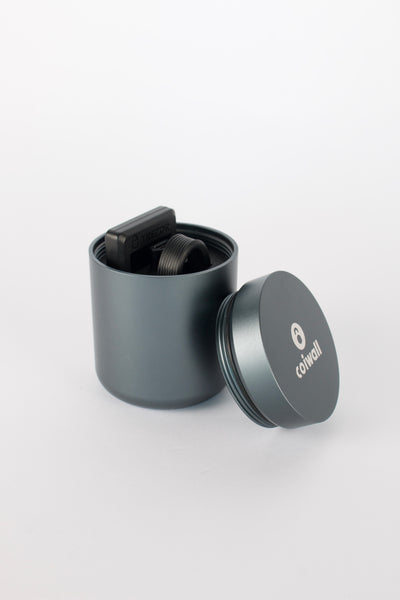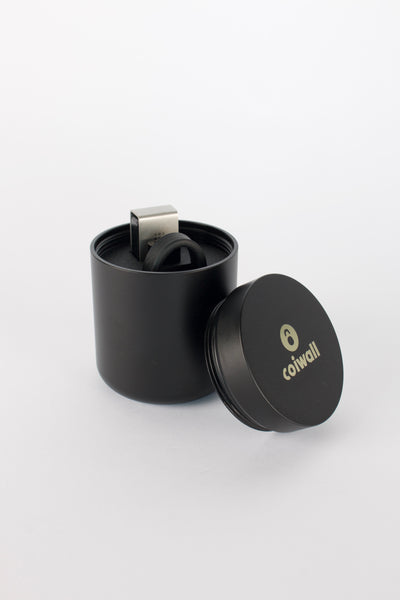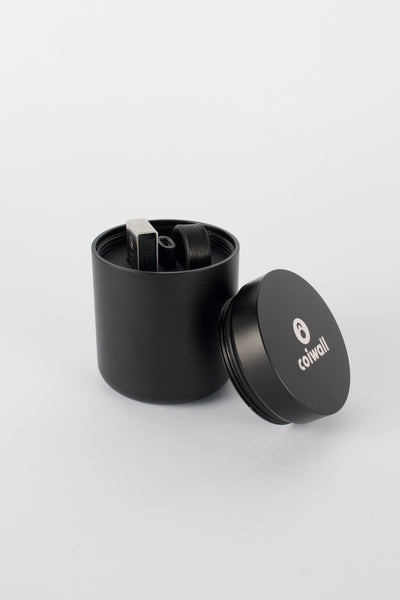You’ve heard the promises—life-changing returns, revolutionary technology, glossy websites manned by grinning avatars. The crypto landscape is brimming with excitement and optimism. But what happens when the music stops and the dance floor empties? Welcome to the shadowy world of exit scams, where even the savviest investors can find themselves left in the dark.
Wait, What's an Exit Scam Anyway?
Let me break it down: Picture a winding road where the lights go out just as you’re approaching the finish line. An exit scam happens when project creators, usually after winning the trust and investments of a hopeful community, suddenly vanish—taking all the funds with them. It’s like watching a magician pull a rabbit out of a hat, only the rabbit is your investment and the magician leaves town right after the show (source).
The Anatomy of Disappearing Acts
Crypto exit scams—or rug pulls, as they're sometimes called—often begin with glossy websites, whitepapers, and social media hype. Developers or founders launch a token, promise remarkable returns, and encourage you to 'get in early.' Some even hire influencers or celebrities to talk up the project. But unlike a real rug, which might only send you tumbling if it gets yanked, a rug pull in crypto can obliterate your savings in seconds.
Why is crypto such fertile ground for these scams? Well, for starters, it's largely unregulated, fast-paced, and full of technical complexity that even seasoned investors find dizzying. Not to mention that blockchain transactions, once made, are often irreversible—a dream scenario for bad actors.
Classic Scenarios: It's Not Just Crypto
- ICOs and Token Launches: The team raises millions in a matter of days, only to disappear with the loot.
- Crypto Exchanges: Platforms suddenly restrict withdrawals, citing technical 'glitches,' then go offline for good.
- Darknet Markets: Once vendors built reputations, only to vanish with users' deposits when the going got tough.
- Crowdfunding and E-commerce: Not just a crypto story—scams can hit wherever funds are entrusted to someone who then pulls a disappearing act.
You don’t need to look far to find infamous examples, from the mysterious Gerald Cotten of QuadrigaCX—whose death left $215 million in limbo and plenty of suspicion in his wake (source)—to the more recent Abacus darknet market shutdown. The patterns of betrayal remain eerily similar.
Spotting the Red Flags—Before It's Too Late
Here’s the thing: hindsight is 20/20, but you can spot the warning signs. Let’s run through a few telltale clues:
- Anonymous Teams: Yeah, Satoshi Nakamoto pulled off anonymity, but there aren’t many like him. Shady teams dodge transparency for a reason.
- Unrealistic Promises: If guaranteed moonshots were real, we’d all be sipping piña coladas on private islands by now.
- Poor Technical or Financial Documentation: A true project has the receipts—whitepapers, audits, roadmaps, and code you can actually review.
- Withdrawal Delays: When an exchange or contract 'pauses' withdrawals out of the blue, don’t brush it off as routine maintenance.
- Too Much Hype, Too Little Substance: If there’s more talk than walk, trouble could be brewing.
Honestly, even seasoned pros get caught up in the rush. Nobody likes to believe they’ll be the next cautionary tale, but history suggests scam artists are banking on our trust—and maybe even a little greed.
It’s Not Just About the Money—It’s Personal
Here’s where things get really raw. Losing an investment stings, sure. But the emotional fallout—the broken trust, the public embarrassment, the feeling of being duped—can sting far worse. A lot of early crypto adopters wear their scars as badges of wisdom, yet nobody brags about falling for an exit scam in the moment. Ask anyone who lost big on a 'guaranteed' scheme: It’s not just the zeros in your wallet that vanish, but a chunk of your faith in the ecosystem, too.
Some Days You Win, Some Days You're a Warning
Why do people still get caught, even after so much coverage? FOMO is powerful, and scammers have gotten slicker. Flashy marketing, vague technical explanations, and even deepfake videos sometimes combine to construct a world where doubt feels like missing out. We’re all human, after all; we like a good story, we trust our favorite influencers, and sometimes we ignore our own gut feelings.
Patching the Breach: Defense Strategies That Actually Matter
Let’s be real—no security advice is bulletproof. But there are moves you can make to dramatically reduce your risk:
- Do Your Homework: Check for audits, read whitepapers, poke around in the community, and actually look at the developer activity on GitHub or Twitter. It’s boring, but it works.
- Self-Custody Rocks: Hardware wallets like Ledger and Trezor give you the keys—and when you control your own keys, your exposure to exit scams on exchanges drops way down.
- Start Small: If you’re tempted by a new project, dip a toe before jumping headfirst. Test the withdrawal process yourself.
- Don’t Ignore Red Flags: When things feel off, slow down. And if you spot a delay in withdrawals, get out fast.
- Spread Your Eggs: The old 'don’t put all your eggs in one basket' saying exists for a reason.
You know what? Sometimes the smartest move is to accept a smaller, steady gain rather than get swept up by wild promises. That’s not fear—it’s wisdom hard-earned by people who’ve seen the flip side.
Final Thoughts: Trust, But Verify (And Encrypt!)
Exit scams aren’t a crypto-only phenomenon, but the fast-paced world of tokens, NFTs, and high-speed pumps make them especially tempting for crooks. Don’t let that taint the whole space for you—true innovations are out there. But every investor, big or small, should treat enthusiasm with a healthy dose of skepticism.
Keep your eyes peeled, your research thorough, and your wallets (like those from Trezor and Ledger) secure. In the thrilling, unpredictable dance of crypto, it’s up to each of us to decide just how close we want to get to the edge.











